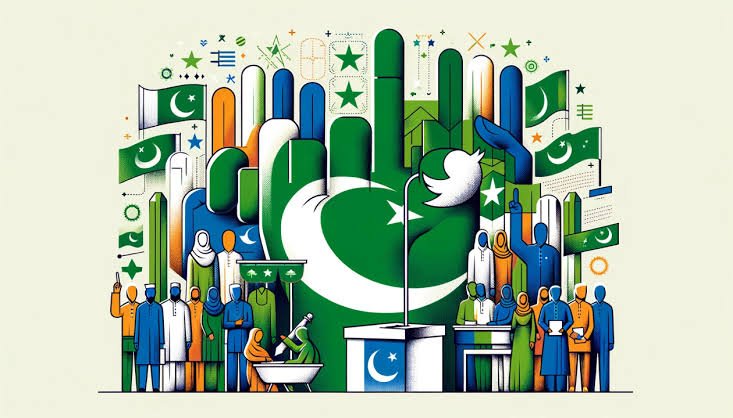
Pakistan’s political climate is currently marked by significant turmoil and uncertainty, driven by power struggles and systemic challenges.Pakistan’s political climate is a mix of deep-rooted challenges and shifting power dynamics, with key factors contributing to its current instability:

Government Instability: The coalition government, led by the Pakistan Muslim League-Nawaz (PML-N) and supported by the Pakistan Peoples Party (PPP), is fragile due to internal discord and external pressure. The Pakistan Tehreek-e-Insaf (PTI), which won significant support in the previous elections, continues to question the legitimacy of the current government, alleging election fraud. Imran Khan, the PTI leader and former prime minister, is at the center of the political storm. His imprisonment on corruption charges has escalated tensions, with Khan and his supporters claiming the charges are politically motivated. The PTI’s protests and calls for early elections further fuel the instability.
Role of the Military: The military in Pakistan holds substantial influence over political affairs. Despite efforts to civilianize the government, the armed forces remain a dominant political force, often seen as controlling key decisions behind the scenes. The parliament’s recent decision to extend the tenure of military leadership has drawn criticism from opposition parties, including PTI, which argues this move entrenches military control. Critics claim that Pakistan’s political system lacks true democratic independence due to the military’s pervasive influence.
Public Unrest and Security Concerns: Growing discontent among the population is reflected in widespread protests organized by PTI, challenging the legitimacy of the government. The government has responded with measures like Section 144, which bans public gatherings in several key cities. The clashes between protesters and security forces illustrate the increasing frustration of the people, particularly among those who feel that political power has been undemocratically concentrated in the hands of a few elites, including the military and political dynasties.
Economic and Social Struggles: The political crisis is exacerbating Pakistan’s economic woes, which include high inflation, rising debt, and unemployment. The government’s inability to effectively address these economic challenges is linked to the political turmoil, as reforms become harder to implement. Moreover, the economic instability has made it difficult for Pakistan to secure international financial support, further deepening the crisis.
This political landscape, marked by government instability, military influence, social unrest, and economic challenges, creates a volatile environment. The intersection of these factors will likely continue to shape Pakistan’s future, as both the government and opposition groups struggle for control, while the people demand change. For those following the evolving situation, the complex interplay between these forces provides significant material for analysis and commentary.


